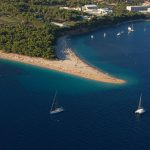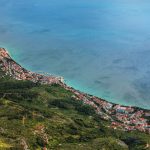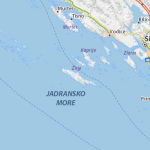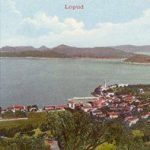Continuing our look at the inhabited islands of Croatia on January 17, 2017, we are deligthed to welcome our Olibian to the TCN, as Jan Albers presents his home island of Olib.
Intro
Olib (Italian: Ulbo) is an island in Northern Dalmatia, located about 30 nautical miles northwest of Zadar, soutwest of Pag, southest of Losinj and just east of Silba. Olib apparently has 140 inhabitants (since last official count in 2011), although this number might be higher than actual. In the winter months no more than a maximum of 80 (!) residents are believed to call Olib their home. This number undoubtably raises unproportanially during the summer months, when both descendents and tourists spent their vacation on this well hidden gem in the Adriatic. (Source)
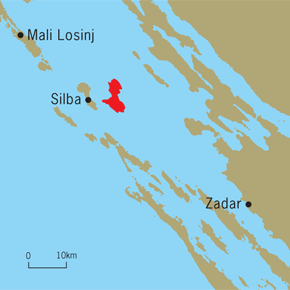
1. History
Olib was mentioned first by settlers from the Roman Empire and documents refer to it as Aloep island. Croatians settled on Olib in the mid to late fifteenth century, from Vrlika in the Cetinska Krajina, fleeing the Ottoman invasions and looking for a new and safe home. In 1476 priest Juraj Cetinjanin arrived on the island with approximately 100 parishioners, leading the island till his death in 1519. To this day most of the Olibian families have ties to those first settlers almost 550 years ago. (Source)
2. Language and Dialect
The Residents of the island call themselves Olibians and expressing a great deal of pride in their roots. As special as the Olibians is their dialect, which is routing back to Chakavian, brought to the island by priest Cetinjanin and his comune. Chakavian is Croatian’s oldest written dialect that made any visible appearance in legal documents – as early as 1275. It is also the basis of the first literary standard of the Croatians and nowadays only spoken by a minority of the Croatian population. Logically, the dialect has developed independently on the island. It is safe to state that Olibians speak a Croatian dialect of the same name: Olibian. (Source)
3. Products of Olib
Olibians are proud of their sourcefulness and in particular of their own products, which is mostly wine, olive oil and cheese. However, there is plenty of entrepreneurial spirit on the island, too. Denis Kleva, as an example, invented pillows filled by dried sea weed and is even selling those online. (Source)
4. Olibian Summer Festival (Olipski ljetni festival)
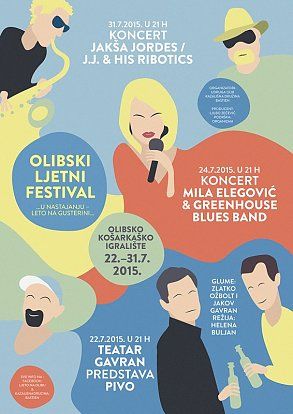
An incredible amount of effort has been put into building up the “Olibian Summer Festival”, which was a great success in 2016 and as serious sources from the island confirmed, those efforts will be continued in the future. It brought various regional singers, performers and visitors to the island and re-vitalized the cultural lifestyle of the island. Definitely a great idea to visit this island during its “OLJF 2017”, but be aware…accommodation possibilities on the island are rather limited. Hats off to this initiative and many more goes to his highness Sir Euzebio Simunic, president of “Udruga Olib.” Follow the festival here.
5. Beaches
There are many beaches on the island, most of them being everything but busy no matter which time of the year. Nevertheless, do not miss out on Slatinica bay, a rather surreal beach with almost white sand and endless shore. Not only that you “have to walk for miles” to finally be able to take a swim (the water is rather shallow) but you will feel that Scotty beamed you to a different destination. Crystal clear water, sandy beach, an oversee-able crowd. Many believe this beach is as good as it can get in Croatia. (Source: too much of a secret to have sources on the internet)
6. Even Kolinda was there!

Do we need to add more? Seriously?
7. Visit Saint Nikola
Recently refurbished and renovated chapel – when on the island ask the Olibians for directions. They will be happy to help and direct you there.

8. So famous even a huge cargo ship is holding the name
Brodosplit in Split, Croatia built a Cargo ship of 94t with a cargo capacity of 123.683sqm named “Olib” in 2009.
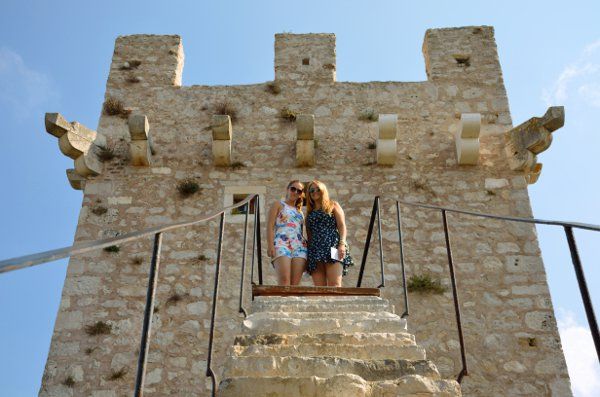
9. The Tower “Kula”
Located centrally in the village of Olib you will see the Tower of Olib, which has been preserved from the residents up to this day. It was built in the 16th century as an outlook and to defend the Olibians from thieves and pirates. Make sure you visit this historical monument when on the island.
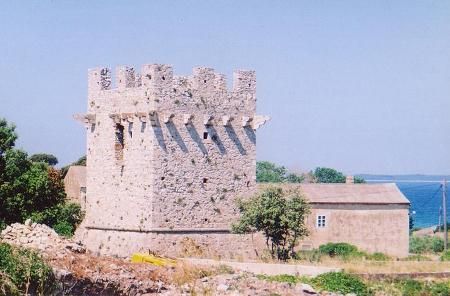
10. Depopulation
Back in 1913 the highest ever population was recorded for Olib with a stunning 2030. Ever since certain de-population waves hit the island. The first huge emigration started with and after the second world war and continued up until the early 90´s. It is believed that globally around 6000 people have their roots on this gem in the Mediterranean. A huge Olibian Community moved to USA, mostly New York City. However you will find Olibians all over the globe, i.e. in Australia, California, Germany, Slovenia and, and, and. It is rather an international community every summer and quite a spectacle to see the crowd arriving during the summer months. It leaves me always impressed that no matter from which part of the world, the Olibians are coming back to their roots and spending as much as possible of their free time on the island. It shows a deep connection to the soil and community, which is – to this extend – rather unusual and therefore valued even higher.
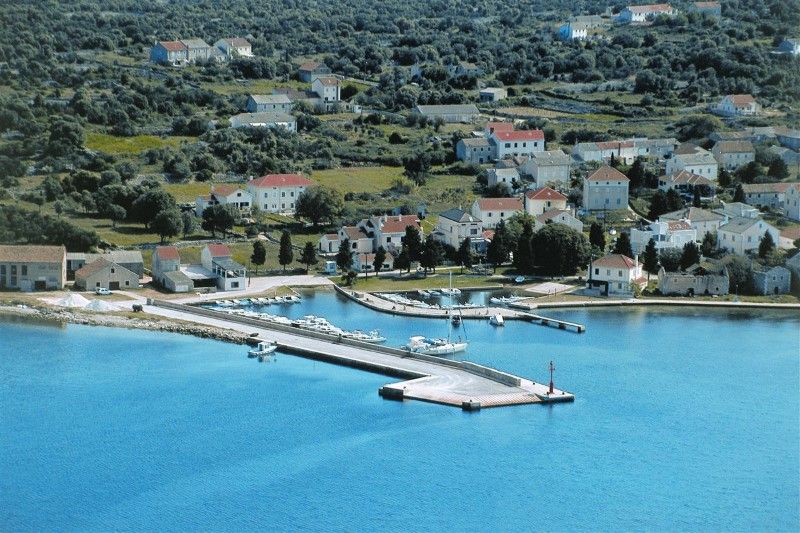
11. Connectivity
Olib is connected by ferry with Mali Losinj and Zadar (via Ist, Silba, Premuda) as well as by catamaran (via Silba, Premuda) with Zadar. Ferries and catamarans are daily in summer, during the winter period the ferry is arriving three times weekly, whereas the catamaran is still daily if weather permits.
12. Water is rare
Unlike many other islands in the Adriatic, fresh water is really rare and there is no natural water source at all. Hence every household is collecting rain water on its own in huge (usually underground) tanks. These parts of construction (cisterns) are often the most expensive and fresh water is seen as an extremely valuable good and not wasted. The larger your own water tank, the richer you are. Today this sounds rather strange to us living on the continental side, but maybe one day we will value fresh water like Olibians do. For the more determined, you can dig for water, depending on the location, 22m to 60m and you get sort of fresh water.
13. Flora and Fauna on the island
The Flora is dominated by the Mediterranean and South European climate and if you have a green thumb you will love this analysis in depth by Milenko Milovic, Sanja Kovacic, Nenad Jasprica and Vanja Stemenkovic Click here – and here.
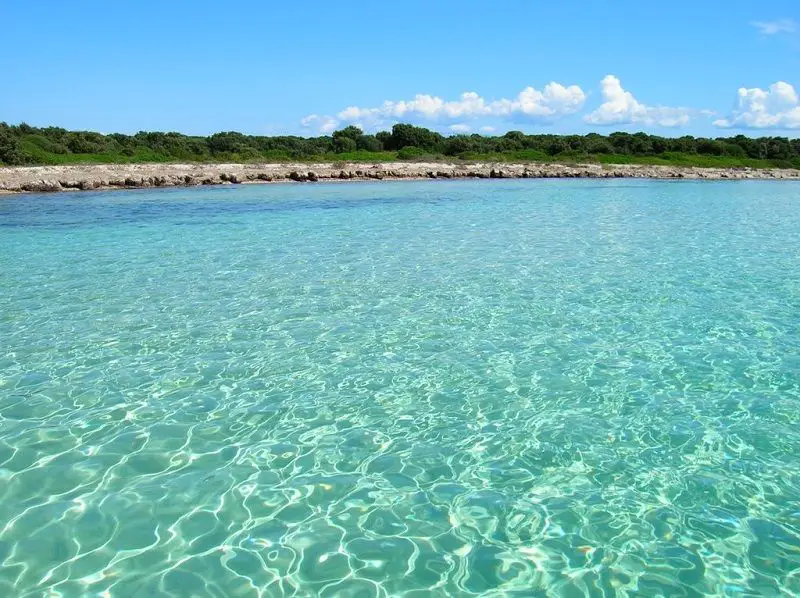
14. The library – open one hour a week to the public
After the school has closed some time ago, the enclosed library is fully functional with extended working hours. Open to the public every Saturday from 18 – 19. If you want to lent a book, bring one with you. The library is functioning on the basis of exchanging.
15. Berths on the main harbor
Like many other things on the island, owning a berth is not as easy as it seems. First of all most of the attractive berths are not only in use, they are actually given from generation to generation and almost all are since decades and longer used by the same family. Dare you to come to Olib and “accidently” park your boat where it does not belong. But no worries, you will be quickly made aware where to leave your boat and how to enjoy the island without stepping on someone`s toes.
16. Culinary
Culinary diversity can be found in Zagreb, Split, Zadar, Istria and Dubrovnik. In Olib you stick to what is available. As simple as that.
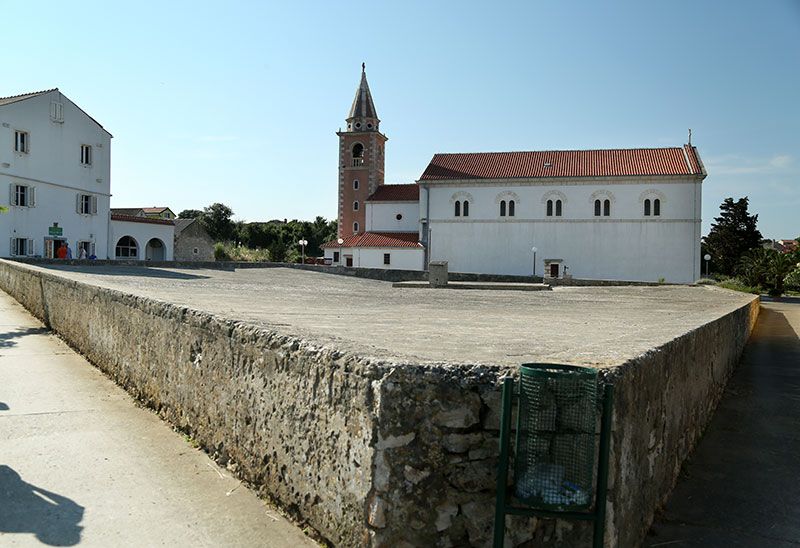
17. Shopping on the island
Don’t miss out on the supermarket, situated close to the church. A family business ever since with seasonal offers. Naturally summers are busier. Sometimes a second shop is opened close to the harbor, where you can get fresh bread and basic groceries, too.
18. Jobs on the island
Like many other islands jobs are rare and a fat Englishman once told me that in Croatia you do not need to look for a job, but rather invent one. While this is true for the island as well (i.e. an author lives there from time to time, Denis Kleva and his pillows and, and, and) the logical jobs on the island are in gastronomy and, of course, the harbor master, the postman, the garbage man, the baker – the classic jobs for every island.
19. The ruins of St. Pauls and the Monastery (close to the bay Banve)
Reach out to the Olibians to find out more about the historical sites on the islands and visit stones which can tell you a story. If you manage take a local with you, they will be happy to explain what you will actually see in front of you. There is a Tourist office close to the main harbor open for questions and providing a map of the islands and its points of interest.
20. The old parish church of St. Anastasia
Situated at the local cemetery was build in 1632 and refurbished in 1868. There is an amazing collection of antiquities from the local heritage and beyond to be seen there.
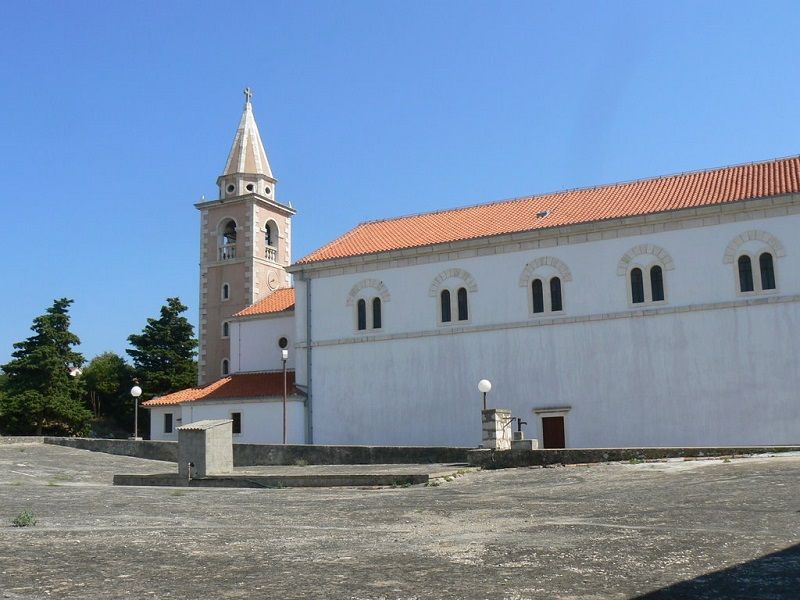
21. The “new” St. Mary church
Built in 1899 it is the usual place where the residents meet for their prayers and mass.
22. Church of Sv. Rok
Situated to the east of the village Olib, this church is close to the harbor of Smatvorac and was built in 1881.
23. Famous people of the island
Dr. Vinko (Vincent) Pulisic (1853 – 1936), who was a bishop in Sibenik and archbishop in Zadar originate from the island.
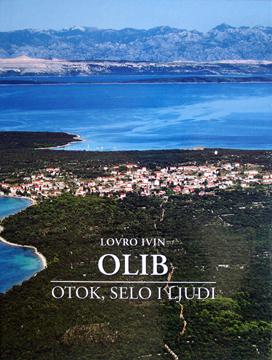
24. Olib – as a book
Lovro Ivin wrote a book about the island, its people and the village called “Olib, otok, selo I ljudi) which was published in 2009 with ISBN 978-953-6928-22-4. There also was an Austrian lady writing a book about her experiences and a love story on the island (in German).
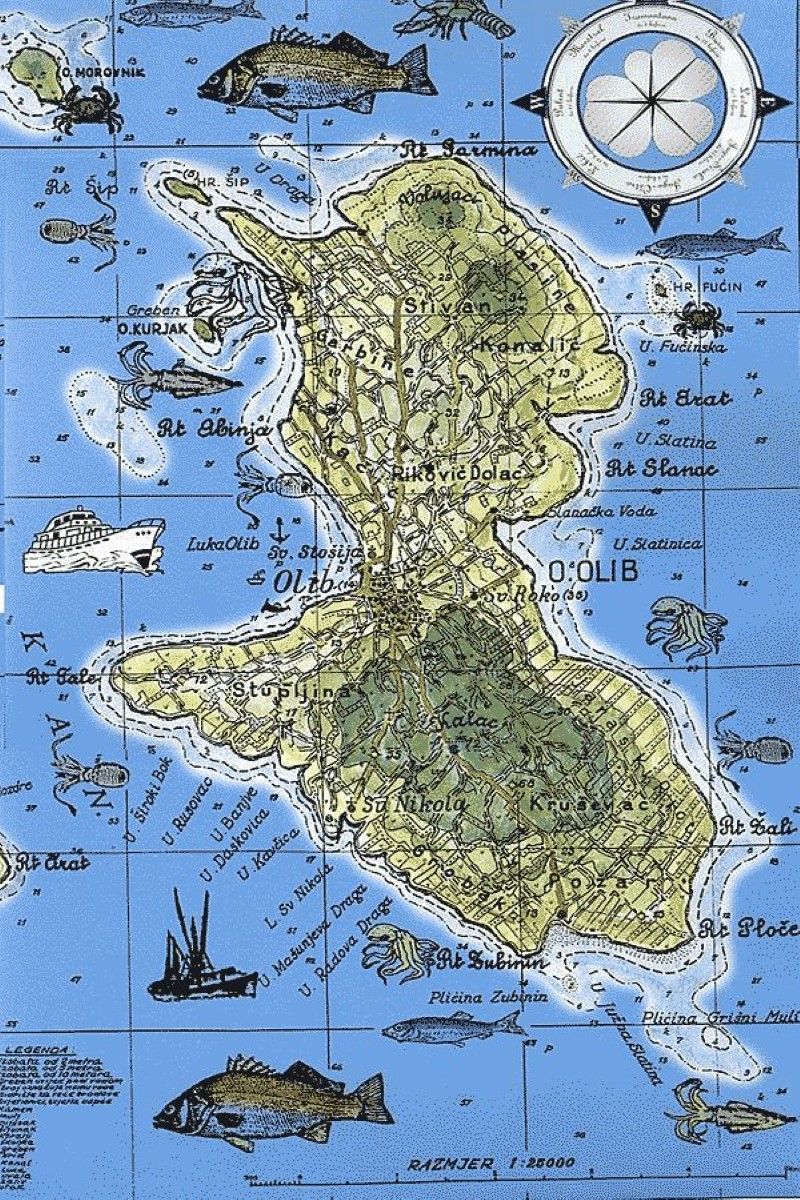
25. The Mediterranean as it once was
Olib, unlike most other destinations and islands on the Adriatic, does not offer any hotels, serviced camp sites or upper upscale accommodation (apart from this one – nicely done Tom) , therefore you will – no matter when you visit the island – find a peaceful, secluded place, which has not changed in a long time. Olibians love Olib, and there is plenty of reason for it. One is that all changes, but Olib does not. Come for yourself and you will understand why.


